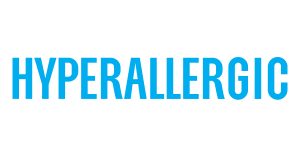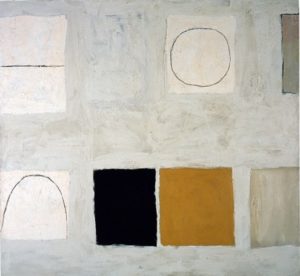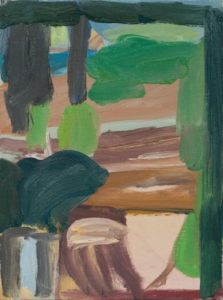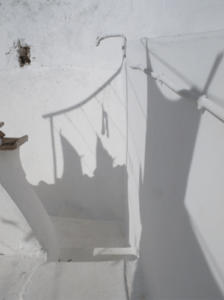
Art, whatever it takes – RomeArtProgram has made interviews with people involved in art, living in Italy, the USA and the UK, to know their feelings during the emergency.
– George Negroponte interview:
RomeArtProgram: What is your definition of “Art” today?
-George: I like thinking about “culture,” and more specifically, as it relates to painting: I am dedicated to the meaning of painting as a visual language: absorbed and learned over time. I write about painting a lot, and I admire Fairfield Porter as a critic and painter. He wrote intimately about it. Beautifully. Porter saw painting as a manifestation of desires, urges, and needs arising from the deepest realms of the psyche. Equally important was his belief that painting has its own terms. It is not programmed, nor can it be imposed upon.
.
RAP: Art is dynamic and regenerates itself… how does it change, and how did it change us?
-George: Not sure. Your question suggests an endless supply of it (art). I don’t see it as a given; it’s earned or warranted only when our highest aspirations mysteriously come together without reason. I see it as disruptive, even chaotic. The art world I know is wildly competitive and aggressive. Noisy. But the fundamental nature of art is uncompromising. It does not tolerate manipulation.
.
RAP: When (and how) did you understand that art was becoming very important in your life?
-George: When I was five or six, my father started to paint as a hobby. He was a weekend painter, wore a blue beret, and copied Cezanne. Eventually, it made him miserable because he didn’t think he was improving.
It was too bad because he poured his heart into painting.
.
RAP: What role does art play today? What are the “great figures” who have recently changed it? Do you feel close to any of these figures?
-George: I’m still grappling with what Cezanne did to painting.
Pollock gave painting gravity in every sense of the word.
Brice Marden is a painter I have always admired.
Pictured above: George Negroponte. My Rothko. 2018. Mixed Media on Canvas. 8″ x 8″
Read the full interview on RomeArtProgram.org
View on AnitaRogersGallery.com





 Virva Hinnemo (b. 1976), an artist in the Parrish exhibition “Affinities for Abstraction,” was born in Finland and now lives and works in Springs.
Virva Hinnemo (b. 1976), an artist in the Parrish exhibition “Affinities for Abstraction,” was born in Finland and now lives and works in Springs.